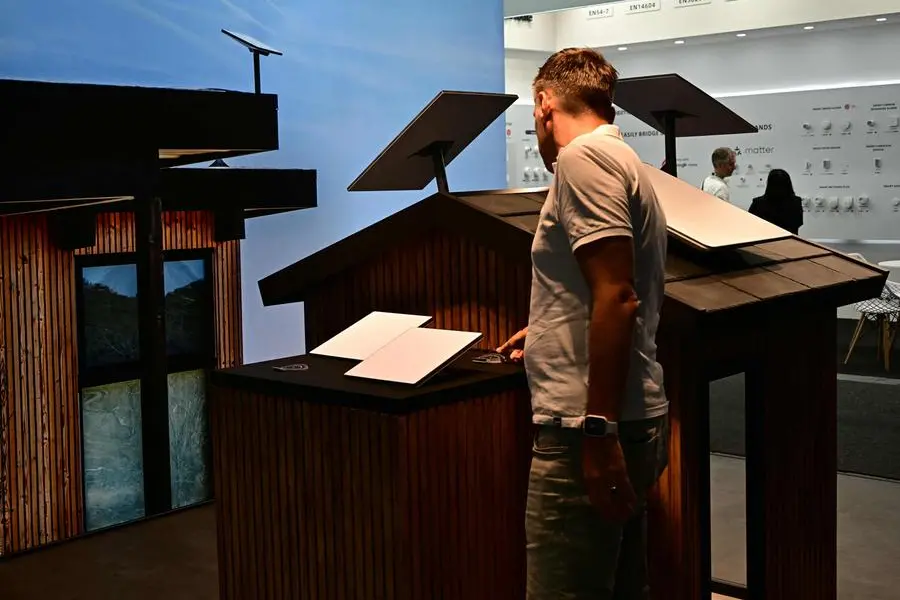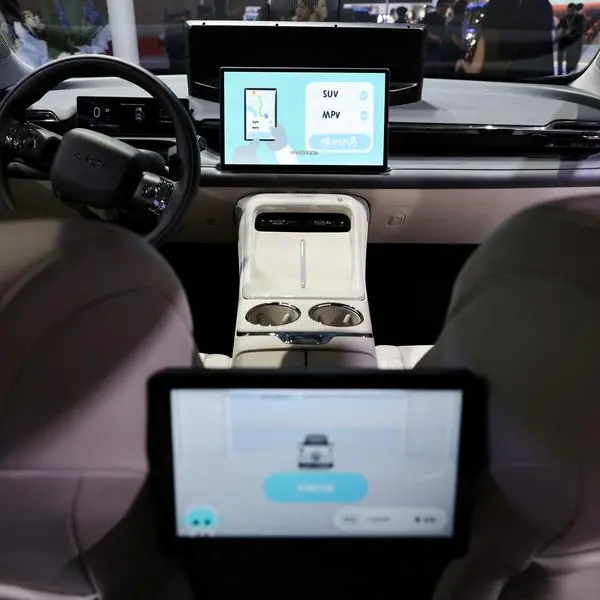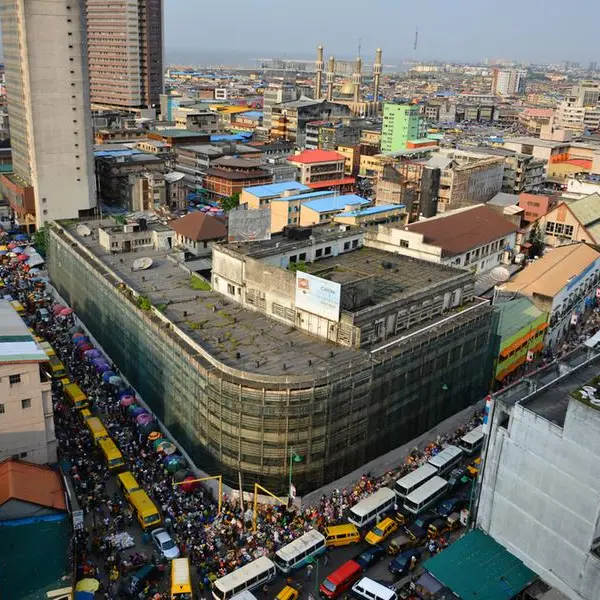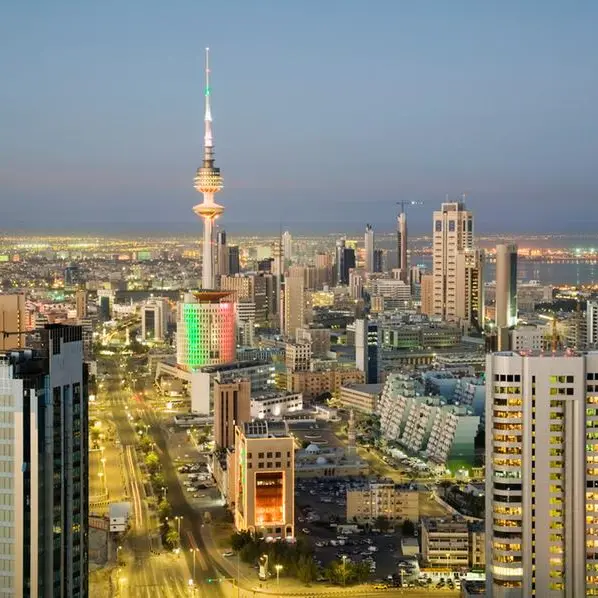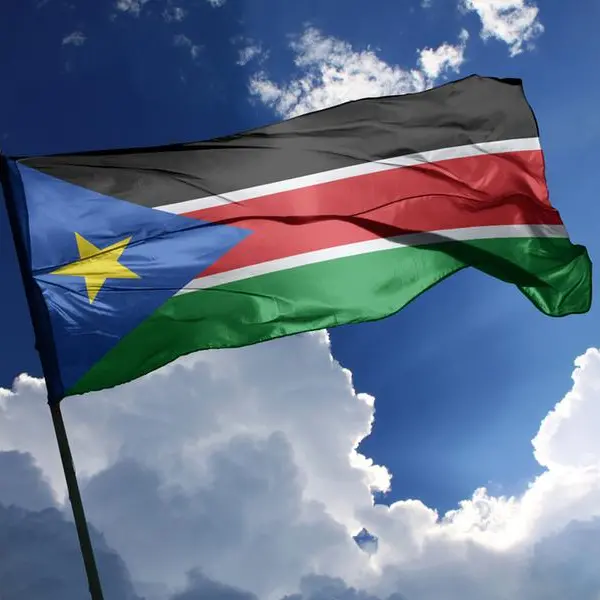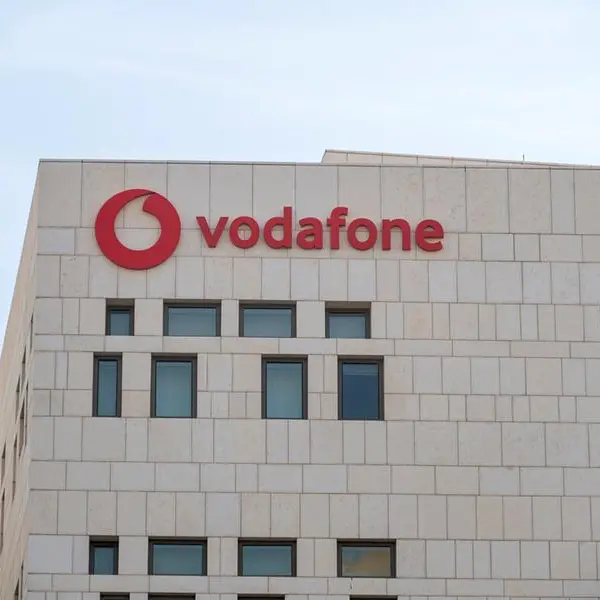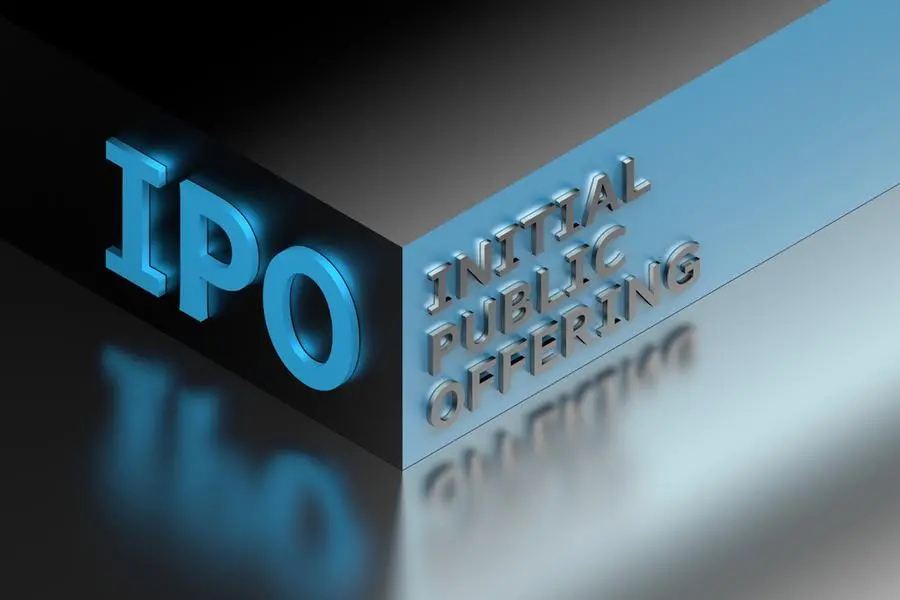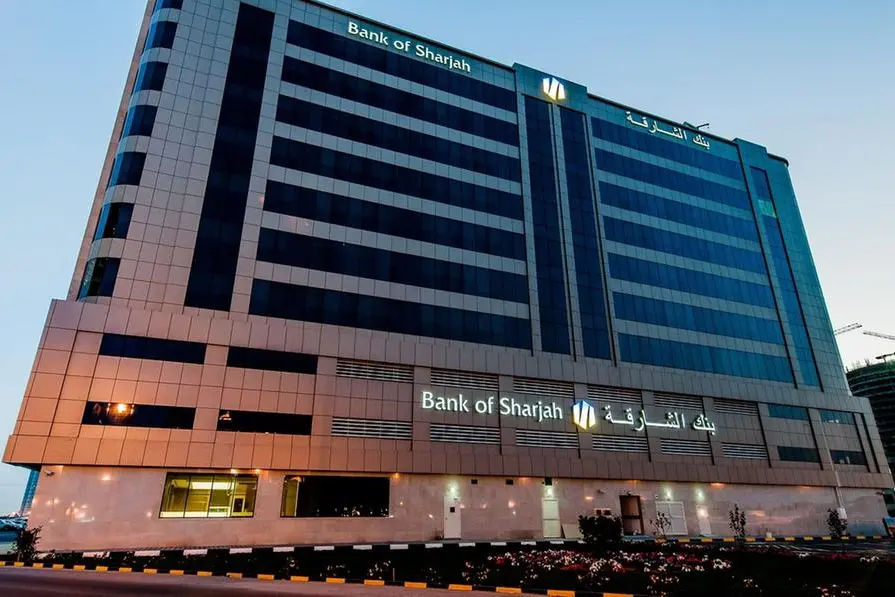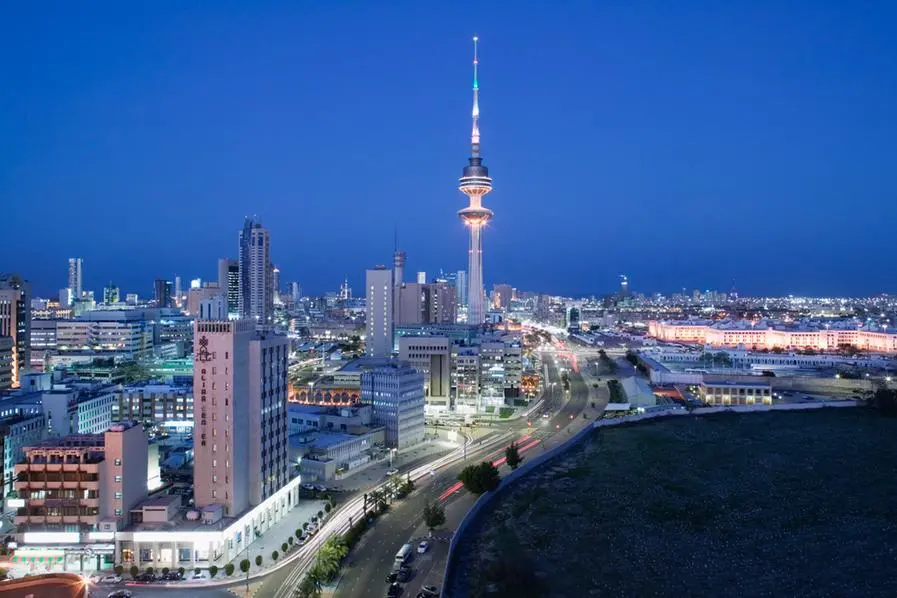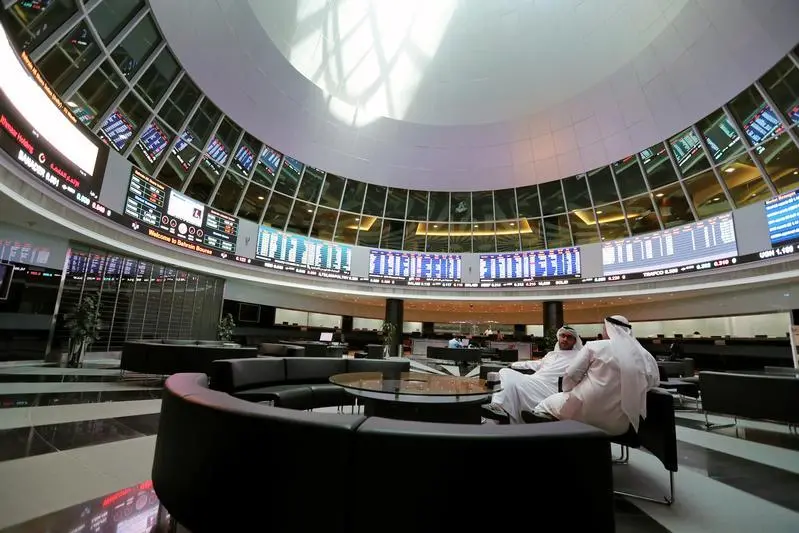PHOTO
A man visits the booth of US satellite internet service provider "Starlink" during the opening of the 100th edition of the IFA ("Internationale Funkausstellung", "Innovation for All"), (Photo by Tobias SCHWARZ / AFP) Image used for illustrative purpose.
The company officially turned on service in Zimbabwe just before midnight, Friday 6 September 2024. It’s a big cheer from many areas in the country as many have awaited this moment for some time. The Starlink Map now includes Zimbabwe as being ‘Available Now’ just a few days after our western neighbours Botswana also went live.
Users in Zimbabwe can expect download speeds of up to 200Mbps, something we’ve just been seeing recently as local internet providers started waking up to the threat.
It’s been a grilling week if you’ve been watching the news around Starlink in Zimbabwe as we’ve waited for it to go live since Sunday 1 September 2024. A whole week later and Starlink has finally turned on our tea-pot country as Zimbabweans eagerly awaited cheaper internet.
Earlier this week I made some indications as to the pricing of the various Starlink services but this evening the Starlink website has updated showing us the exact prices that Zimbabweans will pay for the service and the kit.
As we celebrate and come to terms with the new and exciting times, here’s a look at the pricing that reflects on the Starlink website.
Hardware: Standard US$350
The Standard Kit is the version that users get for ‘personal use’. Starlink issue this for those who will be using the kit at their place of residence and not as a heavy user.
At this juncture it is unknown whether the satellite internet provider will roll out the Generation 2 or the Generation 3 as though the prices have been updated on the website right now, Starlink are not showing what exact version of their kits will be rolling out.
Service: Residential US$50/month
While it is not explicit in showing what service this is, based on my experience, this is the Residential package. This package is what one will need in order to access the service at a fixed place and no more than 5km from this location (treat it as 3km, as a ‘just in case’) without needing to change their address, transfer their kit and/or the package they’d be on.
At $50 this is exactly the pricing we’d guessed it to be when we put out our predictions.
Shipping and Handling US$23
Starlink ships/delivers the device ‘to your doorstep’, at least they do in Zambia and Malawi. This fee in those countries is for DHL, who they’ve probably partnered with as their courier of choice.
Usually what will happen is Starlink will warehouse their kits in bond in the country. This means that they’d probably store it at the airport or somewhere convenient, and ‘in bond’ means that they will not import them and pay duties, but keep them housed waiting for a paying client needing delivery.
DHL is renowned for adding some BS fee (usually $50) to your invoice as a handling charge but it’s pleasing to note that in the case of Starlink your maximum exposure to DHL will be $23.
Expect the kit to be delivered to your house/place of residence/address you put, though in certain cases they will ask you to collect from a collection point in your city near you.
I’ll add this here and just put it on record that Starlink at this point have neither stated, nor shown, who their courier partner will be delivering their devices. This information will follow in due course.
Deposit: US$50
Previously when I reserved my device the deposit needed was US$9. This was just a few days ago. Some people note that in the ‘early days’ they were made to pay a deposit of US$99.
Regardless of the deposit fee you’re paid or will pay now, you will now be required to pay the balance to make it a total of US350.
Interesting Things To Note
- Starlink shows the Starlink Mini kit on their site, though it is not clickable, at US$200. This is a great price as in other markets they go for as much as US$600. I’ll definitely follow its availability as this kit will definitely give Econet’s SmartBiz a run for its money.
- Starlink Quote in USD
This is very interesting and I’m sure they’ve done their homework on Zimbabwe, but also, they’ve been exposed in other regional markets like Zambia, Nigeria and Malawi having unstable currencies. Pricing in a local currency will see the price locked at some figure in ZWG and then a daily/an instantaneous conversion would take place and deducting accordingly. Starlink also will need regulatory approval in order to increase their service fee and see what safeguards them is that they are pricing in USD! - Capacity Status
We’ve all become used to the age-old excuse from some local internet providers who would tell us either their base stations are full or that there is no capacity in one’s area at the moment.Starlink are no different in this regard and issue a notice at the point of purchase advising you that they are at capacity in your area and do not ship the device until they have provided/upgraded the infrastructure in your area that will allow you to connect to the internet.
If your area is at capacity then Starlink WILL NOT ship a kit to you.I’ll publish an article around how you can circumvent this restriction and get a device sooner and use it in an area that’s congested!
© Copyright The Zimbabwean. All rights reserved. Provided by SyndiGate Media Inc. (Syndigate.info).
